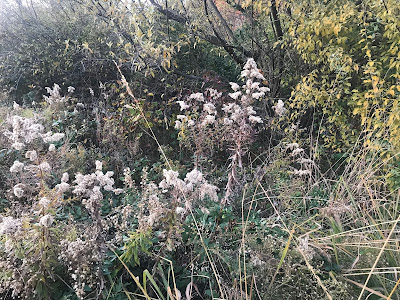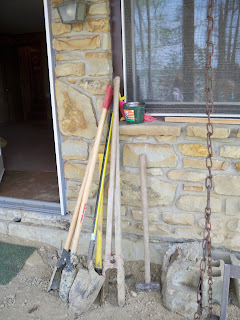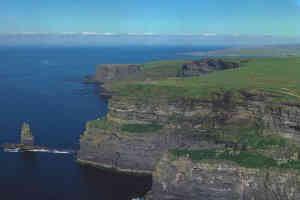Old Trees, Young Trees
A winter reading binge this weekend: Two by Conrad Richter, The Trees and The Town. The latter won the Pulitzer Prize in 1951, doubtless in part because of sentences like this:
“She reckoned she knew how one of those old butts [trees] in the deep woods felt when all its fellows were cut down and it was left standing lone and gaunt against the sky, with only whips and brush and those not worth the axe pushing up around it.”
The “she” is Sayward, the woods woman heroine of Richter’s “Awakening Land” trilogy. (I wrote about the middle volume, “The Fields,” a couple weeks ago.) And in this passage she’s at the end of her life, remembering the kind of people she knew in her youth. “In her time in the woods, everybody she knew was egged on to be his own special self. He could live and think like he wanted to and no two humans you met up with were alike.”
If she could feel this way in a 19th-century frontier town along the banks of the Ohio, then no wonder I fret about the unanimity of personality in 2012 suburbia.
A few pages later, Sayward ruminates on the new trees she planted in the side yard of her grand city house. “No, she couldn’t blame these young trees of hers. They did uncommon well since they were planted. Sometimes at night, especially when there was no moon, she thought they changed into wild trees. Then they looked mighty tall. They stood like Indian chiefs, letting the dark come over them, like this was still their land and they were the masters of it, like they hadn’t lost heart. Oh, she had to admire their spunk and feel for them, three young forest trees against a whole city. Sometimes she wishes she could give them back their land, for it was she who had taken it from them.”
Today I’ll look kindly upon saplings and other young living things. I’ll hold out hope for them.



